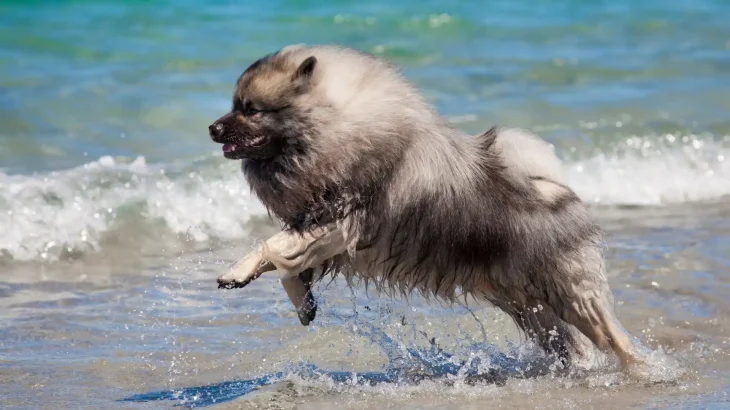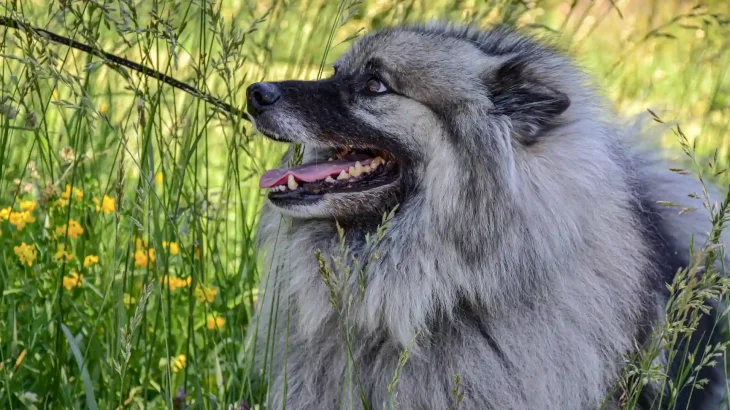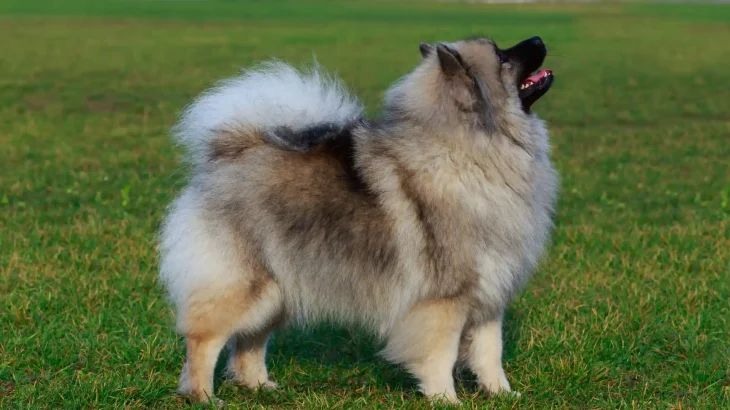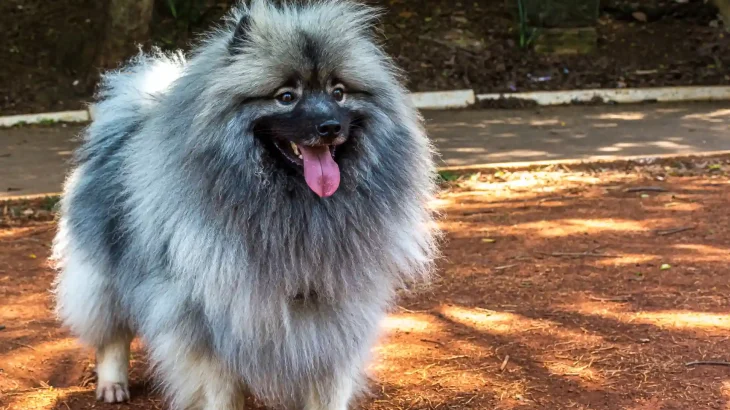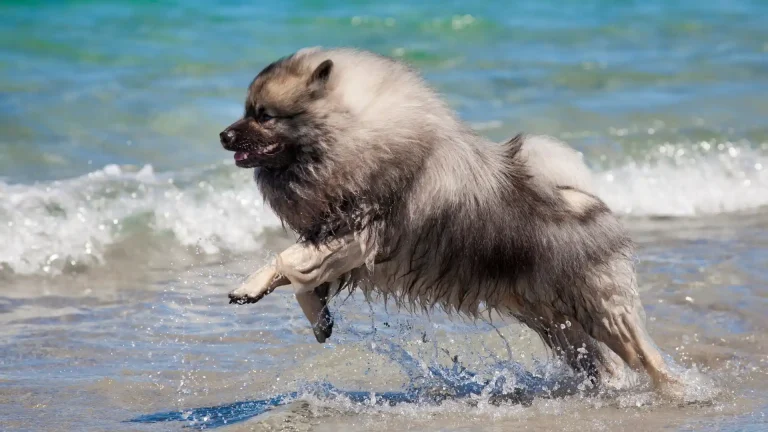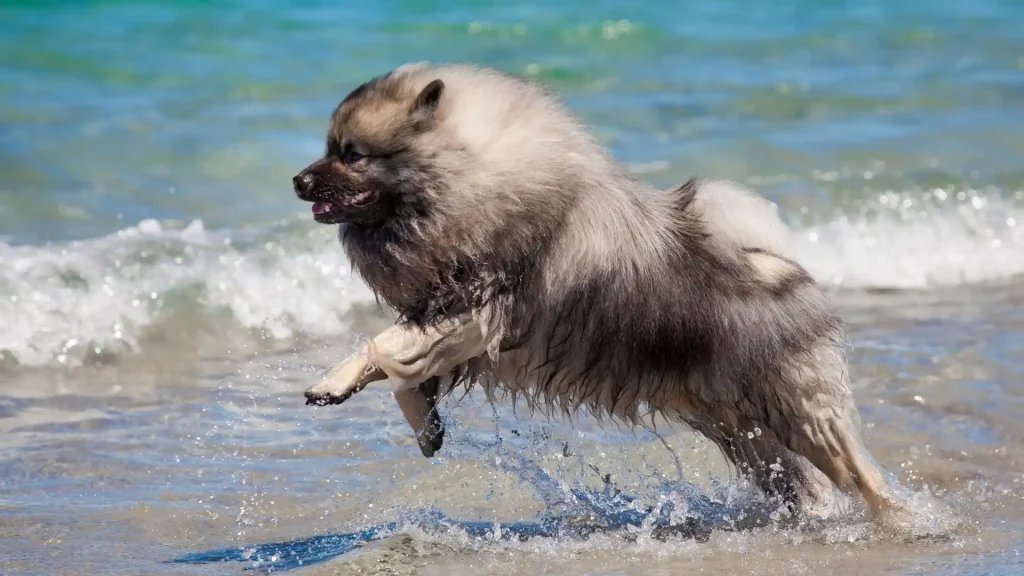Choosing whether to adopt or purchase a Keeshond puppy boils down to balancing obtaining a predictable breed lineage and health background versus providing a loving home to a dog in need. Purchasing from a reputable breeder offers well-documented health histories and pedigree details, while adoption gives a chance to rescue a Keeshond and support animal welfare.
Adoption vs. Breeder: Pros & Cons
| Criteria | Buying from Breeder | Adopting from Shelter/Rescue |
|---|---|---|
| Cost | Generally higher initial cost due to pedigree and breed demand. | Lower adoption fees, often more affordable upfront. |
| Health History | Usually detailed health screenings and documentation available. | Health history may be limited or unknown but basic veterinary checks are done. |
| Age Availability | Typically puppies, allowing early training and bonding. | Various ages including adults, suiting different preferences. |
| Temperament Insight | Breeder provides info on lineage temperament and socialization. | Shelter staff offer behavioral observations; full background may be unclear. |
| Supporting Practices | Supports breed preservation and responsible breeding programs. | Supports animal welfare by giving a home to a dog in need. |
| Ethical Considerations | Ensure breeder follows ethical standards to avoid puppy mills. | Helps reduce homeless pet populations and promotes rescue efforts. |

